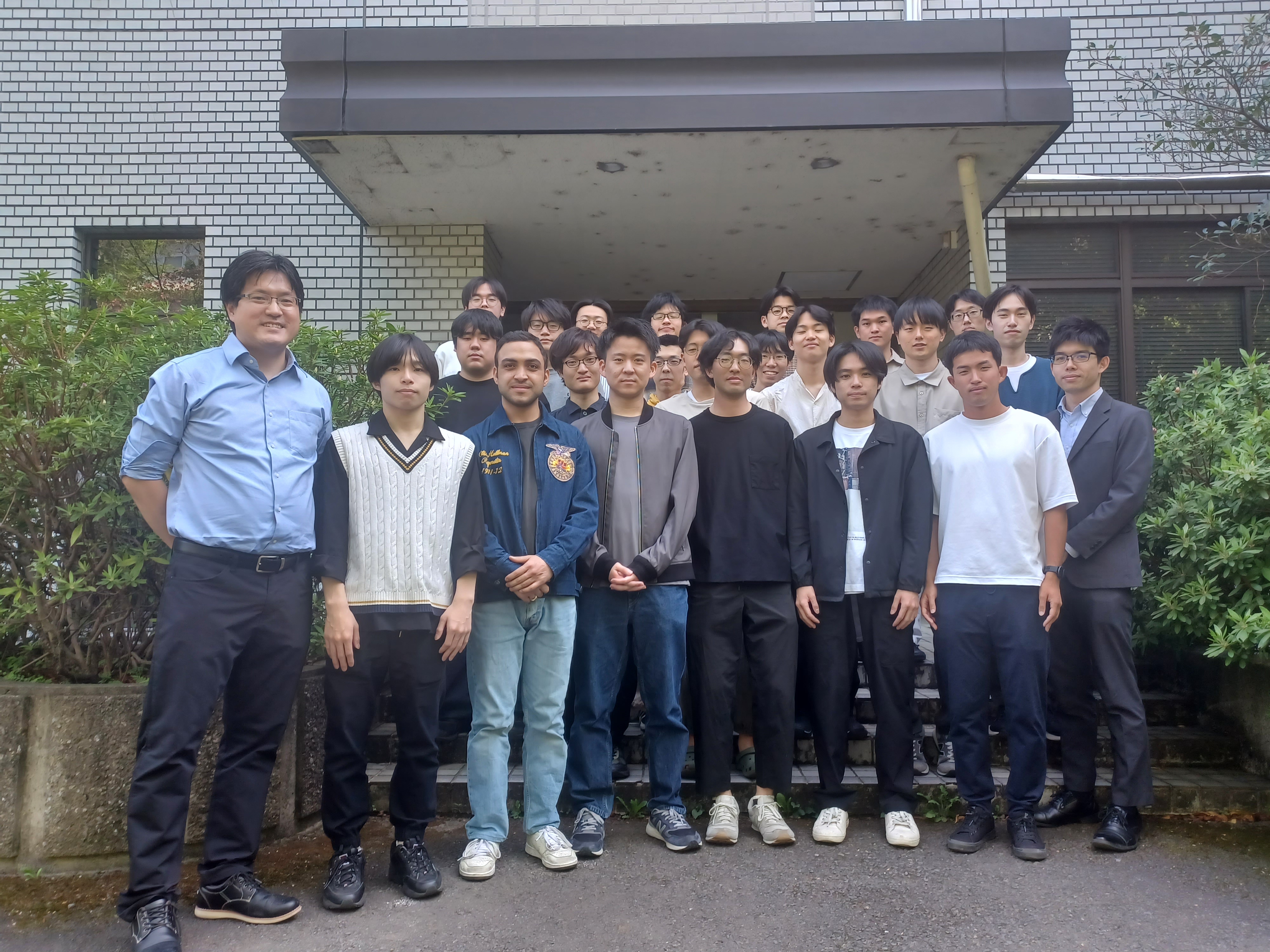Welcome to the
Fluid Dynamics Lab.
@ Mechanical Engineering, Saitama University
As a distinctive feature of our research laboratory, we conduct studies across a wide spectrum of fluid dynamics, focusing on multi-scale and -physics fluid problems. We elucidate the essence of fluid phenomena not only through experiments but also by employing recent methodologies such as numerical simulation, theoretical analysis, and data science. Currently, our research interests include turbomachinery, jets, and two-phase flows. We look forward to welcoming new members to join and contribute to our diverse and dynamic research team.



